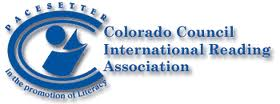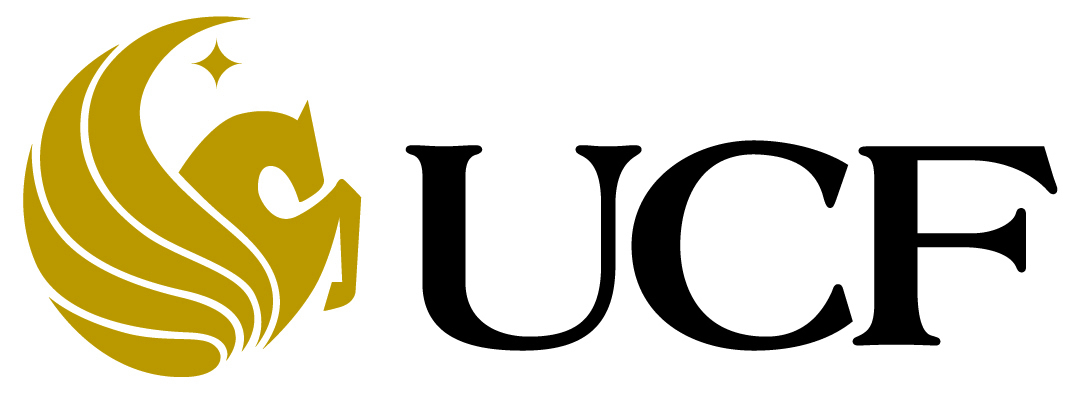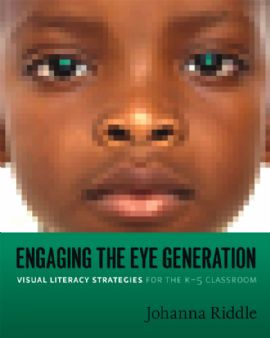"Everywhere, everyday, our children spread their dreams beneath our feet. And we should tread lightly."
-Sir Ken Robinson
-Sir Ken Robinson
Johanna Riddle

I provide coaching, instructional design, and direct and distance instruction for diverse populations, ranging from elementary education to professional development for adults. I currently work as a Lead SEED Coach with Volusia County Schools, through a New Teacher Center grant. My goals are to empower every child to love to learn, to understand how education can change their life, and to help them make crucial connections between learning, real life, and their dreams.
Resume'
Selected Presentation Venues:Professional & Program Spotlights2010 The Changing Face of Education, Texas A & M University 2007 Making the Most of the Resources at Hand T.H.E. Journal 2006 Adobe TV: K-12 Education Showcase (video) 2005 Teacher Spotlight on the Power of Education, Orlando Sentinel 2004, Art Links with Education, Daytona Beach News Journal Selected Journal PublicationsSeptember, 2011 Teacher, Adventurer, Citizen of the World--Choosing the Road Less Traveled May, 2011 Playing Around With Technology March, 2011 Out of the Box … Media, Technology, and the Small School Initiative January, 2011 When ‘Birds of a Feather’ Try Their Wings September, 2010 How Sweet It Is--One Teen’s Take on Classroom Management Software and the Future of School-to-Home Communication July, 2010 Through the Computer Screen--On the Other Side of the Webinar June, 2010 IVLA Selected Readings May, 2010 A New Kind of Book Club March, 2010 21 Things--Kinder, Gentler Tips for Effective Technology Infusion January, 2010 Podcasting in the Classroom--A Sound Success Reprinted in Write Now! (Pearson, 2012) Fall Quarter, 2009 Florida Education Leadership Journal Teaching in the Nexus November, 2009 Samsula Academy: Old School, New Tricks October, 2009 Is Piaget Declasse'? September, 2009 These Lessons Pop! May, 2009 The Long Climb of Technology Infusion June, 2009 Nothing to Fear but Fear Itself July, 2009 The Collaborator July, 2009 Redefining the Role of the Teacher March, 2009 Celebrating 21st-Century Learning at the International Student Media Festival January, 2008 The Summer Travel Blog: A 2.0 Travelogue to Bridge Summer “Down Time” March, 2006 Bookbinders: Fusing Technology, Image, and Literature - Contact me: |
Engaging the Eye Generation (Stenhouse, 2009)
About the Book
Book Review, Education Briefs, August 10, 2009: Riddle, Johanna. (2009). Engaging the Eye Generation: Visual Literacy Strategies for the K-5 Classroom. Portland, Maine: Stenhouse Publishers. A gap exists between what students learn in schools and what they need to be successful in the 21st century (Partnership for 21st Century Schools, n.d.). The challenge many teachers face is determining how to best infuse practical strategies into their daily lessons that address this problem. Johanna Riddle addresses the question of how in her book, Engaging the Eye Generation: Visual Literacy Strategies for the K-5 Classroom. Riddle stresses that it is not necessary to change what we are teaching, but how we are teaching. In fact, with successful integration of visual literacy skills, Riddle shows readers the potential for enriching and deepening what is currently taught in most schools. In the introduction, an expanded view of literacy is defined with the help of the North Central Regional Education Laboratory. Eight categories of literacy are listed: basic literacy, scientific literacy, economic literacy, technological literacy, visual literacy, informational literacy, multicultural literacy and global awareness. By combining the use of many of these literacies, Riddle effectively writes about integrating multimodal literacies into classroom instruction. However, the main topic of this book is visual literacy defined by the North Central Regional Education Laboratory as the ability to "interpret, use, and create visual media in ways that advance thinking, decision making, communication and learning" (p. 3). Riddle, an educator with twenty-five years of experience, invites us into her classroom to witness how she successfully began using and integrating multimodal literacies. She honestly shares her own learning curve and gives readers permission to start changing their instruction even when they fear they do not know enough. Riddle explains that the importance of teaching students to critically analyze, manipulate and produce visual information was more important than her own comfort level with visual literacy integration. She realized that her "students' need to know superseded my need to know it all" (p. 33). Throughout the book there are examples of teachers learning with and from students. This concisely written text contains numerous examples of lessons in K - 5 classrooms in which students were engaged in meaningful learning that is innovative, challenging and high-quality. Issues such as standards and lack of computers that tend to be hurdles in implementing this type of learning were addressed. In the first chapter, a clear connection between language arts standards and visual literacy is articulated. Evidenced through actual classroom examples, it is apparent that every content area is strengthened by a strong visual literacy emphasis. Riddle emphasized collaboration throughout the book, "Born out of necessity--when you have a handful of computers and a class full of students, shared learning becomes part of the experience" (p. 48). Readers can find ideas for projects that address multiple literacies, along with examples of easy to use rubrics that were co-constructed with students. Strategies and structures, such as a structure for problem-based learning (p. 44) are helpful additions. There are many resources and websites highlighted--including a number of free resources. Issues that worry teachers, such as copyright and Internet safety are addressed. For example, Riddle provides a list of websites where students can find stock photos that are copyright free for students to use in slide presentations. Pictures of real student work can be found throughout the text. "Can You See It?" boxes inset into the text offer tips, resources and suggestions for implementing a curriculum that addresses visual literacy. Real classrooms and the students in them are at the heart of this book--there are examples of how to appropriately scaffold and differentiate learning experiences for all levels of learners and their specific needs. It is clear from Riddle's classroom examples that she moves between short whole group lessons to small group and individual work. She understands that she should guide and facilitate her students' learning, but demonstrates they are able to learn more if they are released to think, ask questions, research, collaborate and create in small groups and individually. Similarly this short text gives the reader a compelling rationale for implementing visual literacy strategies, ideas for doing so, permission to begin even if the teacher knows less than his/her students and tools to continue this learning and exploration. Engaging the Eye Generation is a relevant, engaging text for preservice and inservice teachers of all experience levels, as well as administrators and instructional coaches. I highly recommend this text for a literacy or social studies methods course or as a book study for any school community that is serious about transforming instruction to ensure that their students will be leaders who "will find innovative solutions for global challenges ahead" (p. 112). Reviewed by Tricia DeGraff, Assistant Teaching Professor, Institute for Urban Education, University of Missouri-Kansas City. | ||||||












